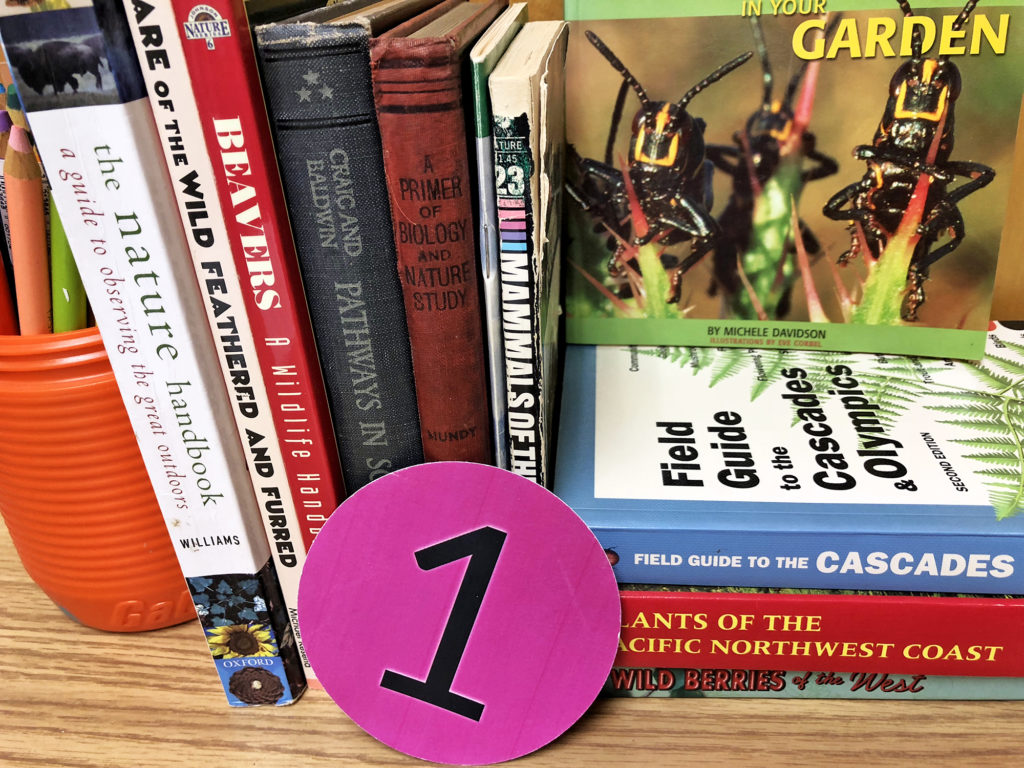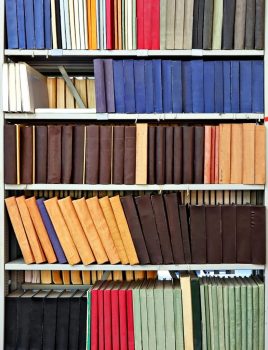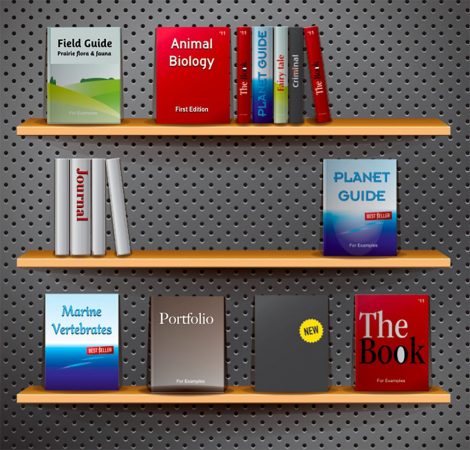
Locating Information
Locating Information
We rely on science information to make decisions about consumer, citizenry, and health issues. Finding and selecting information is key in researching and caring for animals.
Learning Objective: Outline a strategy for locating science information from a variety of resources.


A significant component of science research is finding out what is already known about a topic. Even with our current information storage and retrieval technologies, information often disappears over time, particularly if it is not published in a science journal.
Information is generally categorized as being a primary source (research carried out by the author) or a secondary source (someone writing about other people’s research).
Common sources of science information include:
-
science journals (primary source: peer-reviewed and not)
-
science monographs (primary source: longer papers on a single topic)
-
print & online news resources (secondary source: CNN, BBC, +)
-
print magazines (secondary source: National Geographic, Discover, +)
-
online magazines (secondary source: Science News, Daily Science, +)
-
trade books (primary or secondary sources: pet manuals, field guides +)
-
social media (primary of secondary: blogs, videos, posts)

It may be tempting to find a single source of information and stop there. However, different authors have distinct perspectives, and may offer conflicting information that paints a more accurate picture of the complexity of natural systems.
Watch this video; you can select the closed captioning “cc” option if you would like to see the text.

You portfolio for this course is a potential source of science information. Consider where your portfolio will be located for easy access: in a virtual book shelf or in a physical space.
Start Your Media Assignment here
In this media piece you are planning a library about an animal of your choice. This is a wish list of books, articles, and other media you would like to have. This list needs to be a variety of primary and secondary sources. Resources can include traditional science information resources (journals, monographs), social media (blogs, videos, posts), and your own final portfolio.
You can use an online library catalog or an online retailer like Amazon.com to find articles, monographs, and books. A general web search (Google, etc.) can be used to find people’s anecdotal information, including blogs, forums, and videos.

Assignment steps:
-
Select an animal you are interested in learning more about.
-
Assemble a list of five (or more) resources with information about your selected animal, including primary and secondary sources. Include as much of the citation information as possible (title, author, year published, website address/url, etc.)
-
For each of the five sources of information, state in a sentence why you chose that resource. This could be because it is interesting, has specific information, or whatever motivates you to include it as a reference material.
The next section looks at sources of information about animal body forms.










